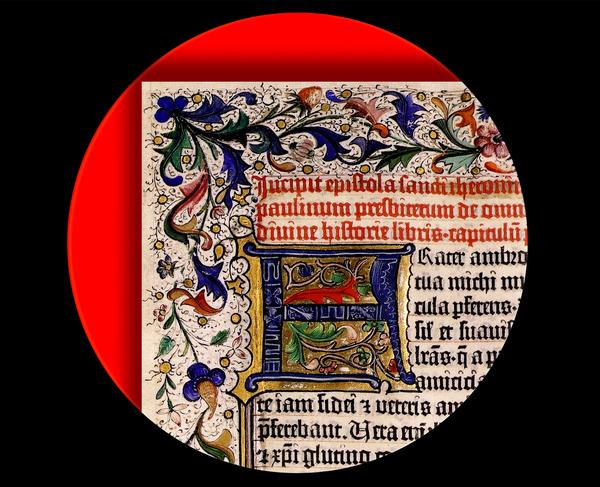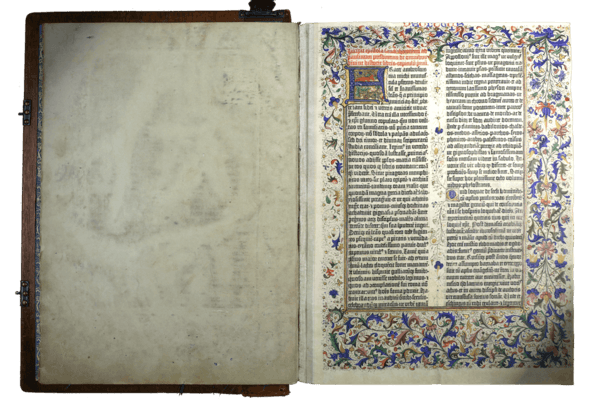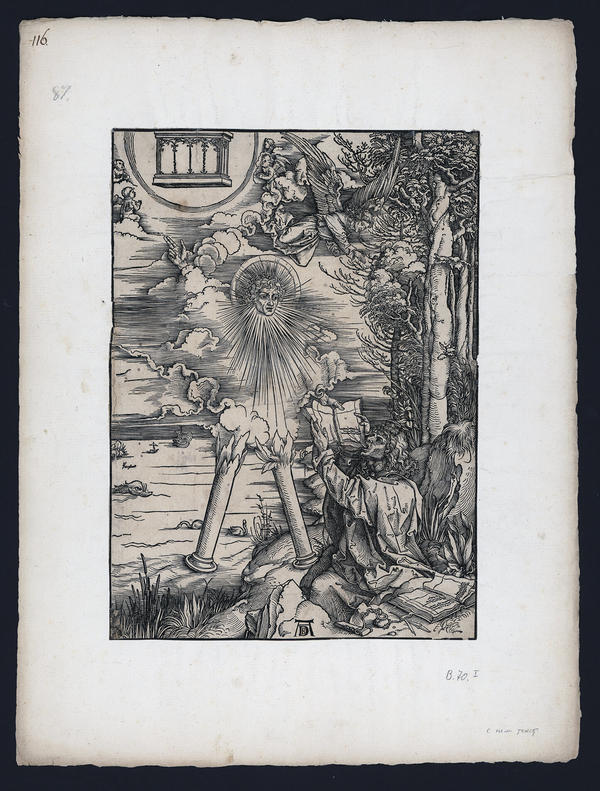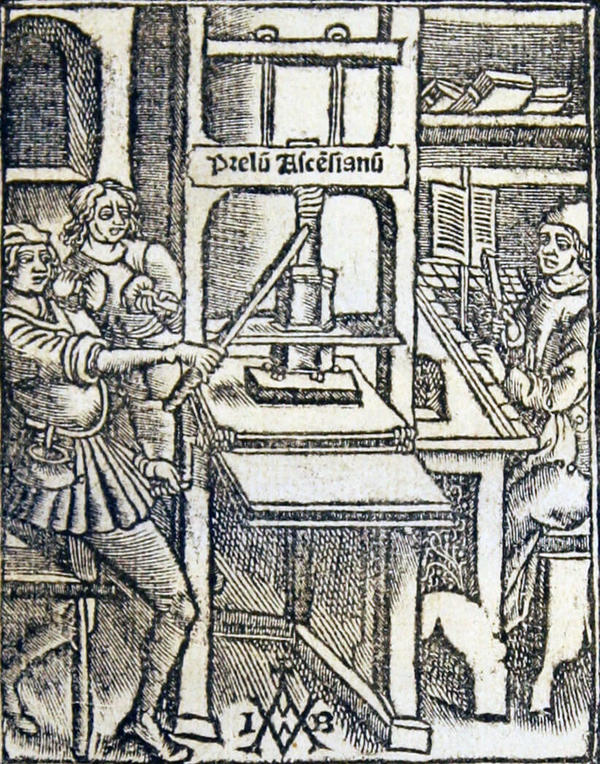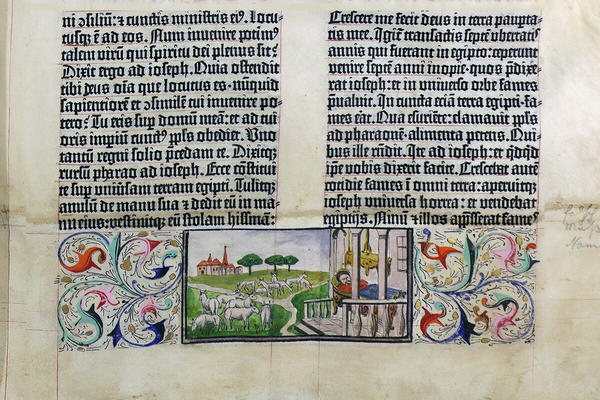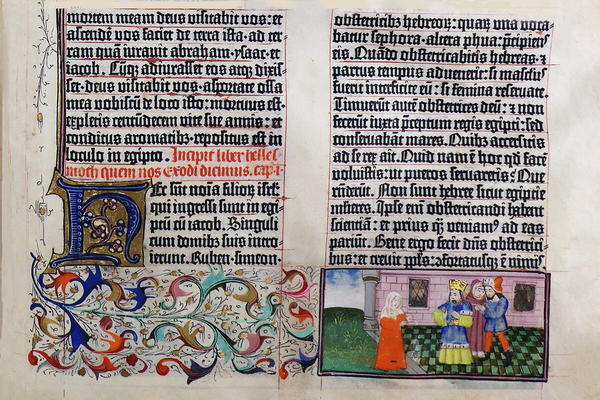‘The Gutenberg Bible. The Beginning of a New Time’ exhibition is dedicated to the Bible published by Johannes Gutenberg in 1455 — the book that opens the history of printing.
The exhibition provides a rare opportunity — to come to know the legendary artifact, the existence of which everyone knows, but only a few have been able to see it with their own eyes.
The exhibition provides a rare opportunity — to come to know the legendary artifact, the existence of which everyone knows, but only a few have been able to see it with their own eyes.
